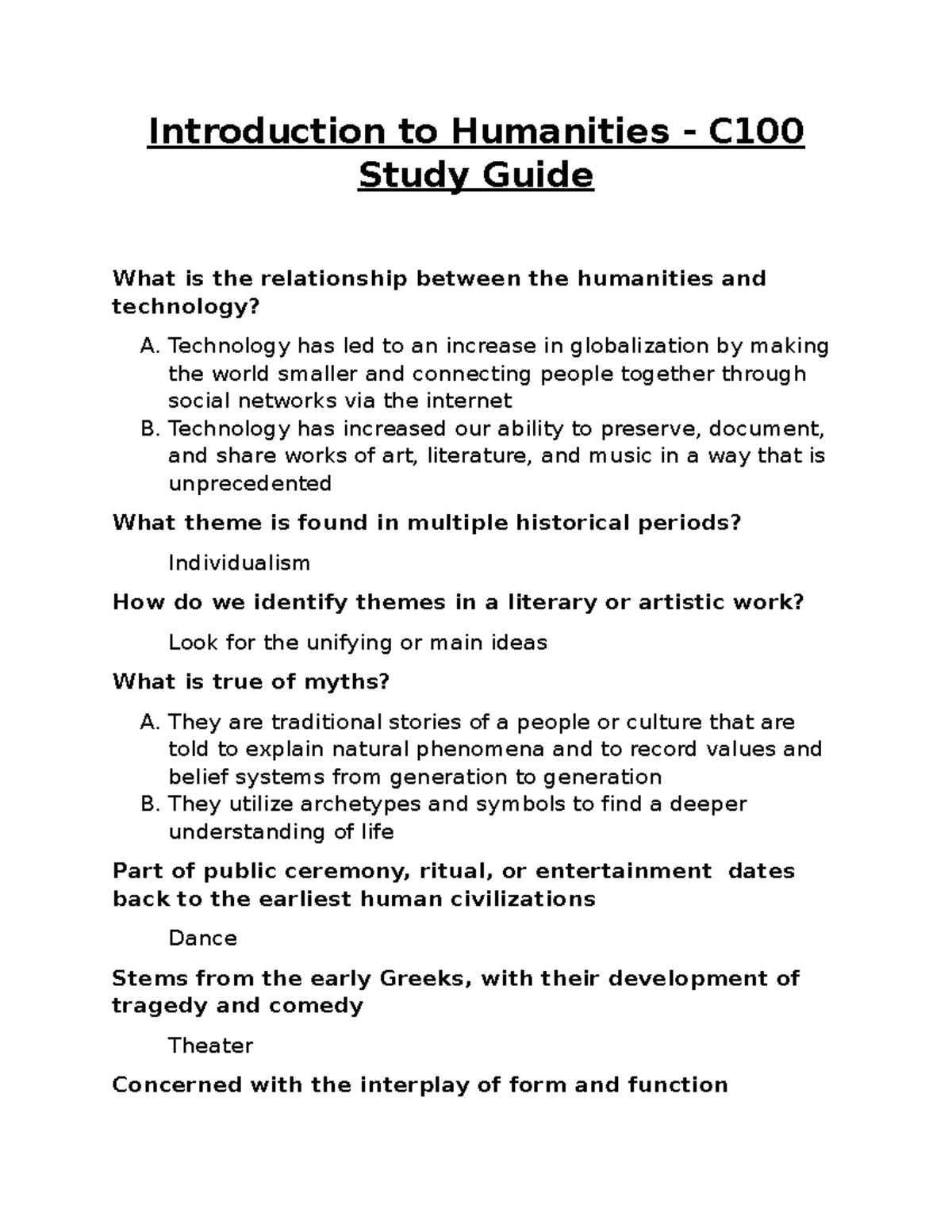South Asian art pigments are an intriguing aspect of the region’s rich cultural heritage, revealing the vibrant creativity and sophisticated techniques of its artists throughout history. These colorful compounds not only enhance the visual appeal of South Asian manuscripts but also carry the weight of historical significance and traditional methods. In recent years, pigment analysis has gained momentum in art conservation science, allowing researchers to uncover the sources and compositions of these paints and dyes. The ongoing Mapping Color in History Project is a pivotal initiative that seeks to catalog and understand the historical pigments used in South Asia, bridging the gap in knowledge about indigenous colorants. By examining these pigments, scholars can gain deeper insights into the artistic practices and material culture of South Asian art through the ages.
The exploration of pigments in South Asian artistry has revealed a fascinating interplay of color and cultural identity. Historical colorants, derived from natural sources, were adeptly employed by artists to bring manuscripts and murals to life, demonstrating their skillful use of materials. Recent advancements in pigment research, particularly through projects like Mapping Color in History, have highlighted the importance of understanding these traditional color palettes in a broader context. The intersection of art, science, and history provides a unique lens to examine the use of these indigenous and sometimes imported pigments, showcasing the evolution of artistic expression in the region. This collaborative effort among historians and conservation specialists facilitates a richer appreciation of the vibrant hues that define South Asian artistic heritage.
Exploring South Asian Art Pigments: The Untold Story
The Mapping Color in History Project has opened new avenues in the exploration of South Asian art pigments, revealing their frequently overlooked origins and usages. Traditionally, art historians have assumed that many pigments used in South Asian manuscripts were introduced through European trade due to the colonial narrative that has dominated art history. However, through detailed pigment analysis, researchers like Jinah Kim are challenging this notion, suggesting that indigenous sources for these vibrant colors may have existed long before European imports. This realization propels a deeper investigation into historical pigments, as it emphasizes the culturally rich and diverse practices of pigment creation within the region.
Through extensive analysis and the work of conservation scientists, the project has begun to debunk myths surrounding pigment usage in South Asian art. The discovery of domestically sourced cobalt in a 15th-century manuscript illustrates that local artisans were not solely reliant on imported materials. By integrating modern scientific methods such as Raman spectroscopy and X-ray fluorescence, the Mapping Color initiative offers a comprehensive understanding of the chemical makeup and origins of these pigments. This realignment not only honors the craftsmanship inherent in South Asian art but also enhances our overall knowledge of art conservation science.
The Importance of Pigment Analysis in Art Conservation
Pigment analysis has become an essential component of art conservation, particularly for historical artifacts that require meticulous care and restoration. By utilizing non-destructive techniques, such as infrared and ultraviolet imaging, conservators gain valuable insights into the materials utilized by artists centuries ago. The Mapping Color in History Project exemplifies this approach, using advanced methodologies to preserve the integrity of artworks while accumulating data necessary for historical research. This is critically important in the field of art conservation science where understanding the original state of an artwork can guide decisions regarding its future treatment.
Moreover, the importance of pigment analysis has been underscored by the curiosity-driven mission of researchers to unravel the history of South Asian manuscripts. The findings from the analysis provide not only material insights but also connect the dots between the artists’ intentions and their cultural context. By documenting how pigments were used and their composition, the project helps lay the groundwork for future conservation efforts. Understanding the subtleties of historical pigments allows for more informed restoration practices, ensuring that the cultural heritage of South Asia is preserved for generations to come.
Collaboration in Art Historical Research
One of the key aspects of the Mapping Color in History Project is its collaborative framework, which bridges the gap between digital humanities, conservation science, and art history. As Jinah Kim put it, the project’s success hinges on a ‘three-legged stool’ approach that incorporates expertise from multiple disciplines. This collaborative effort not only enriches the research but also promotes a community of knowledge-sharing among professionals, fostering a comprehensive environment conducive to innovation. By pooling their skills and resources, the team can create a powerful database that serves a diverse audience, from students to seasoned art historians.
Such interdisciplinary collaboration exemplifies the evolution in the fields of art history and conservation science. In the context where research on South Asian manuscripts has typically been sidelined, this initiative brings attention to the importance of including various perspectives. It invites enthusiasts from different academic backgrounds to engage with the material in novel ways, thereby enhancing the visibility of cultural artifacts. Initiatives like the Mapping Color project highlight the significance of teamwork and expertise convergence, fostering an environment where new ideas and methodologies can thrive.
Impact of the ‘Mapping Color in History Project’
The ‘Mapping Color in History Project’ not only advances knowledge about South Asian art pigments but also establishes a rich resource for future studies. This project stands at the intersection of science and art, employing cutting-edge techniques to uncover the intricacies of color usage in historical contexts. The creation of an open-access pigment database allows researchers, conservators, and hobbyists alike to explore the materials used by artists throughout South Asia’s history. This democratization of knowledge emphasizes the project’s commitment to making information accessible and relevant to a global audience.
Additionally, the project’s impact goes beyond just cataloging pigments; it challenges existing narratives regarding the origins of art materials in South Asia. By showcasing how local artisans might have sourced and utilized colors, it encourages a shift in how art history is taught and understood. The implications for cultural heritage extend into future conservation practices as well; understanding the historical significance of pigments can inform how artworks are preserved, thus enriching our appreciation of South Asian culture and artistry.
Understanding Historical Pigments Through Modern Technology
The integration of modern technology into the study of historical pigments represents a significant advance in the field of art history. Techniques such as Raman spectroscopy and X-ray fluorescence allow researchers to identify materials non-destructively, ensuring that the artworks remain intact while revealing their hidden complexities. The Mapping Color in History Project capitalizes on such technologies to unveil the chemical properties of pigments, revealing the artists’ choices and their technical approaches. These findings enrich our understanding of South Asian art history and provide a robust framework for future pigment analysis.
Furthermore, such modern methodologies not only contribute to pigment analysis but also enhance the broader fields of art conservation science and cultural preservation. By documenting the specific materials used in artworks, researchers can track changes over time, preserving the stories intertwined with these pieces. As the Mapping Color project continues to develop, it promises to illuminate further the links between technology, history, and art, paving the way for significant advancements in the conservation and appreciation of South Asian cultural artifacts.
The Role of Indigenous Knowledge in Artistic Practices
The Mapping Color in History Project emphasizes the importance of recognizing indigenous knowledge in artistic practices, particularly when analyzing the pigments used in South Asian manuscripts. Jinah Kim’s research reflects a broader narrative that seeks to uncover the skills and resources that local communities have crafted over generations. Understanding these indigenous techniques not only enhances our appreciation of the art but also fosters a sense of pride in traditional practices that have often been overshadowed by Western histories of art.
By including contributions from contemporary artists like Babulal Marotia, the project serves as a link between past and present. Analyzing the pigments used in modern works allows for a richer understanding of how artistic traditions endure and evolve. This acknowledgment is vital, as it illustrates that the cultural heritage of South Asia is not static but a living, breathing practice that adapts to new influences while maintaining core elements of traditional craftsmanship. Supporting artists who honor these legacies ensures that the knowledge of historical pigments continues to thrive in the contemporary art scene.
The Open-Access Database: A Resource for All
The establishment of an open-access database as part of the Mapping Color in History Project marks a transformative step in the field of art research. This digital platform allows users to explore a wealth of information on pigments, providing functionalities for searching by multiple criteria such as color, artist, or time period. By making this information accessible, the database serves as both an educational tool and a resource for further scholarly inquiry, broadening the scope of who can engage with South Asian art pigments.
This open-access approach democratizes art historical research, allowing for a more inclusive landscape where students, educators, curators, and even casual art enthusiasts can contribute to and learn from the data collected. The ability to visualize patterns in historical pigment usage encourages a deeper understanding of South Asian art’s complexities, fostering a new generation of researchers who can build upon this foundation. With the commitment to continually improve the database, there are endless possibilities for enhancing our collective understanding of art and history.
Challenges in Mapping South Asian Art’s Historical Contexts
While the Mapping Color in History Project has made significant strides, it faces several challenges in accurately tracing the historical contexts of South Asian art. One major hurdle is the lack of precise data regarding when and where many artworks were created. Terms like ‘North India, 17th-18th century’ often fail to provide specific placements on a timeline, making it difficult for researchers to draw accurate correlations between art pieces and their geographical or temporal origins. This vagueness highlights the need for more in-depth research and comparative studies to refine our understanding of South Asian art.
The difficulty in mapping artworks is compounded by the diverse and rich history of South Asian cultures which often defy simple categorization. Extensive field research and nuanced analysis are required to develop a more accurate historical framework, which is something the Mapping Color team is dedicated to pursuing. Establishing greater attribution allows for a better understanding of how regional influences shaped the pigments used, ultimately enhancing our appreciation of the cultural narratives encapsulated within South Asian manuscripts and art.
Future Directions for South Asian Art Scholarship
As the Mapping Color in History Project continues to evolve, future directions for research into South Asian art scholarship appear promising. With plans to expand the database by including more artworks, developing visualization tools, and incorporating certainty indicators, there’s a desire to uncover connections and trends that were previously unrecognized. These developments could revolutionize how scholars engage with historical pigments and their usage, potentially reshaping our understanding of art history across the region.
Opportunities for collaboration with various stakeholders in cultural heritage, contemporary art practices, and technical innovation inspire optimism for the future of art scholarship. By tapping into this multidisciplinary approach, researchers can not only deepen their insights into South Asian art pigments but also build bridges connecting contemporary practice with historical contexts. This commitment to ongoing improvement is essential in creating a vibrant, inclusive discourse that honors the past while looking ahead.
Frequently Asked Questions
What are the main types of South Asian art pigments used in historical manuscripts?
Historical South Asian art pigments include a variety of natural and synthetic sources. Indigenous pigments like vermilion, Indian yellow, and orpiment were commonly used. Additionally, as demonstrated by projects like Mapping Color in History, pigments such as smalt and cobalt were later introduced, suggesting a fascinating blending of both local and imported colorants.
How is pigment analysis conducted on South Asian manuscripts?
Pigment analysis on South Asian manuscripts typically employs non-destructive techniques, such as infrared and ultraviolet imaging, x-ray fluorescence, and Raman spectroscopy. These methods allow conservators to identify pigment composition without damaging the artwork, thereby preserving the integrity of the manuscripts for future research.
What is the Mapping Color in History Project and its relevance to South Asian art pigments?
The Mapping Color in History Project is an initiative aimed at creating a comprehensive pigment database specifically for South Asian art. It focuses on analyzing the historical pigments used in artworks, often challenging the Western-centric views of pigment usage and emphasizing the unique indigenous techniques and materials that were employed by South Asian artists.
Why is it important to study historical pigments in South Asian art conservation science?
Studying historical pigments in South Asian art is crucial for art conservation science as it helps researchers understand the materials and techniques artists used, provides insights into artistic practices, and assists in the preservation and restoration of artworks. This knowledge also informs the historical context and cultural significance of the artworks.
What insights have researchers gained about South Asian art pigments from pigment analysis?
Researchers have discovered that many pigments thought to be imported from Europe, such as cobalt-based colors, may have been locally sourced and used in South Asia much earlier than previously believed. This highlights the region’s rich tradition of color use and challenges assumptions about artistic practices in historical contexts.
How do contemporary artists influence the understanding of traditional South Asian art pigments?
Contemporary artists, like those collaborating on the Mapping Color in History Project, provide valuable insights into traditional South Asian art pigments by using age-old materials and techniques in their work. Their practices help bridge historical knowledge with modern applications, enriching the study of art conservation and cultural heritage.
What role does collaboration play in the research of South Asian art pigments?
Collaboration is essential in researching South Asian art pigments as it brings together experts from various fields, including art history, conservation science, and digital humanities. This interdisciplinary approach, exemplified by the Mapping Color in History Project, facilitates a more comprehensive understanding of pigment usage and its historical significance.
How does pigment diversity in South Indian paintings impact art historical research?
The diversity of pigments in South Indian paintings offers rich material for art historical research, revealing the complexity of artistic practices and regional variations over time. Understanding this diversity through pigment analysis allows historians to trace influences, techniques, and cultural exchanges in South Asian art.
What future directions do researchers see for the study of South Asian art pigments?
Researchers foresee expanding the Mapping Color in History Project by enhancing the database with more artworks, increasing the precision of provenance research, and developing greater visualization tools. These advancements aim to deepen the understanding of color trends and historical correlations in South Asian art.
What challenges do researchers face when documenting pigments in South Asian art?
Challenges in documenting pigments in South Asian art often arise from a lack of precise historical data regarding the dating, origin, and artists of the artworks. Additionally, many historical pieces show wear and alterations, complicating accurate pigment identification and proper classification.
| Key Point | Details |
|---|---|
| Project Purpose | To create an object-based pigment database for historical research on South Asian art. |
| Significance of Findings | Identified that some pigments thought to be imports from Europe may have indigenous sources, challenging previous notions of pigment history. |
| Collaboration | The project involves experts in digital humanities, conservation science, and art history working together. |
| Database Features | Users can search by painting title, pigment, artist, etc., with a map for geographical origin. |
| Research Methods | Utilizes non-destructive methods like imaging, x-ray fluorescence, and Raman spectroscopy to analyze pigments. |
| Contemporary Relevance | Includes analysis of current practices by traditional artists to understand historical techniques. |
Summary
South Asian art pigments have revealed much about the historical practices and materials used by artists in the region. Through the Mapping Color in History Project, researchers have discovered that some pigments previously believed to be European imports may have indigenous roots, prompting a reevaluation of the sources of colorants in South Asian art. This ongoing research, which bridges various disciplines, aims to provide a comprehensive and accessible database of pigments used in historical artworks, making it an invaluable resource for art historians, conservators, and enthusiasts alike.



